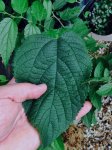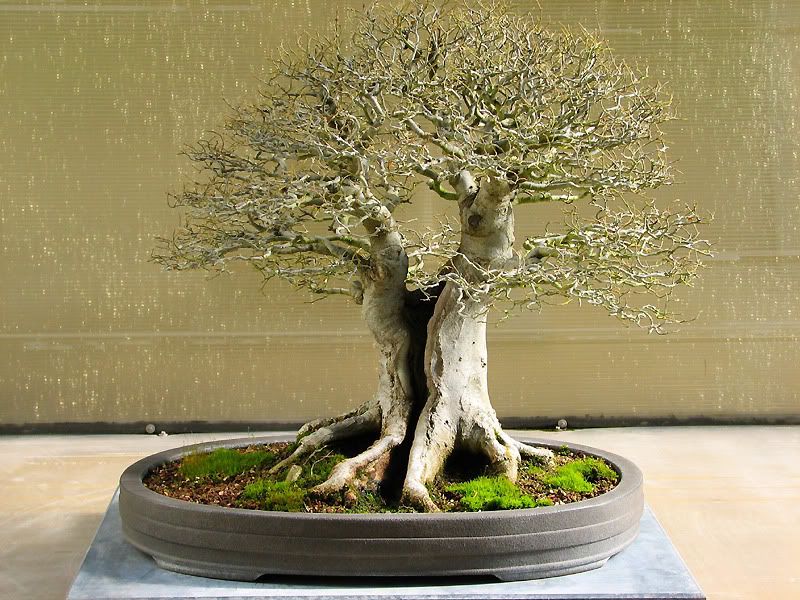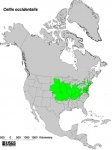BrianBay9
Masterpiece
I was wondering if anyone is working with these? Easy to collect - survive with virtually no roots. I've collected several, but haven't had them long enough to work much on styling. The best feature is the warty bark on young trees. The leaves are very large but reduce nicely. The pic shows a hand-sized leaf from a yard tree, and the thumb-sized from one of mine in a pot. Grow well in sun and shade, drought and flood resistant. I'd post more pics, but the trees are under the snow at the moment.
Anyone with examples of American Hackberry?
Brian
Anyone with examples of American Hackberry?
Brian








